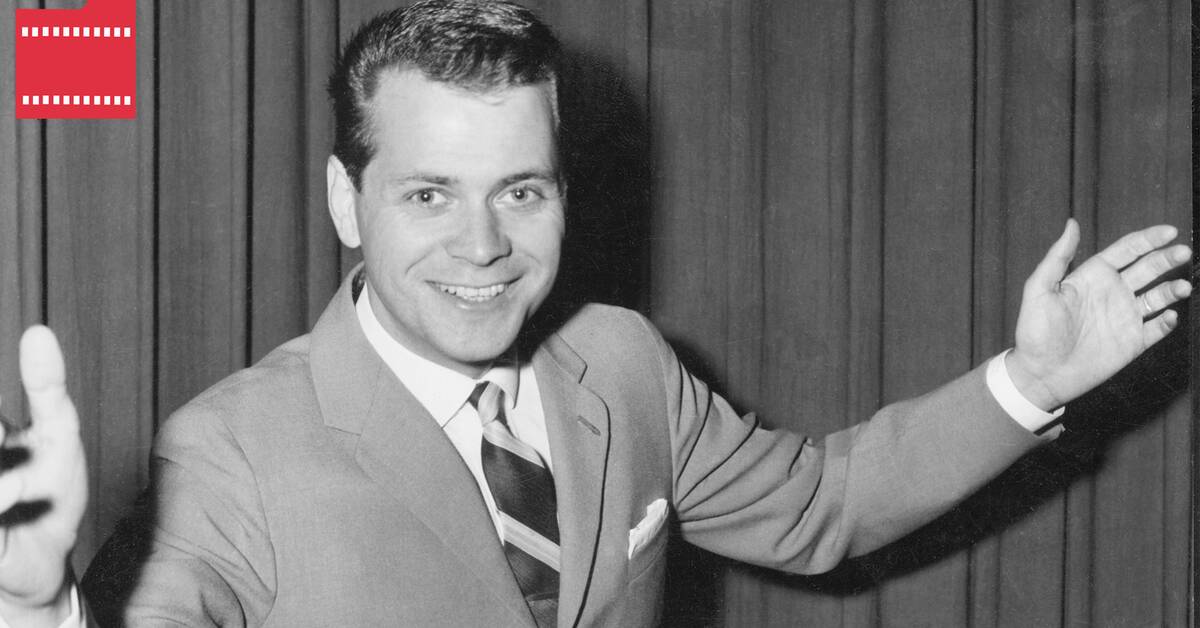The singer and actor was born in 1928. The youngest of four siblings, he grew up in Vasastan in Stockholm.
The mother raised all the children on her own after the father left the family early to fight in the Spanish Civil War.
The family lived in a children's house, a home for cramped and less well-off families, and little Lasse sang for the neighbors.
- I sat on a staircase and sang and people threw down money that I went and bought candy for, haha.
Then I became a soloist in Stockholm's boys' choir when I was eleven, Lasse Lönndahl told in an interview with TT in 2008.
Sweden's first teen idol
The recording debut took place in 1949 with "Tangokavaljeren" and the then 21-year-old Lönndahl was an immediate success.
The breakthrough was followed in the 1950s by songs such as "Volare", "Cindy min Cindy", "Kärleksbrev i sanden" and "Tulips from Amsterdam".
He was in musicals with equal success and in films such as "Åsa Nisse flies in the air" and "Det swinger på slotlett".
And in the meeting with the public in the public parks, hysteria broke out.
Admirers flocked around Lönndahl, who is sometimes called Sweden's first teen idol.
- The young people came forward and roared their delight.
They wooed me wherever I went.
Some wanted a lock of my hair.
Then I put my head forward and said "go ahead".
That's why I have thin hair, said Lasse Lönndahl to TT in 2013.
Sweden's most popular singer
Several years in a row, Lasse Lönndahl was voted Sweden's most popular singer by Aftonbladet's readers.
When Svensktoppen began broadcasting in October 1962, Lönndahl's "Midnattstango" became the first number one.
Together with close friend Towa Carson, he recorded several duets, including "Show me how to get home", which reached high on the charts.
- We met through our record company in 1964 and started singing together and toured up to and including 1971 and became very good friends.
We kept in touch and he called me every Tuesday at 10:30 for all these years, his colleague and friend Towa Carson tells DN.

